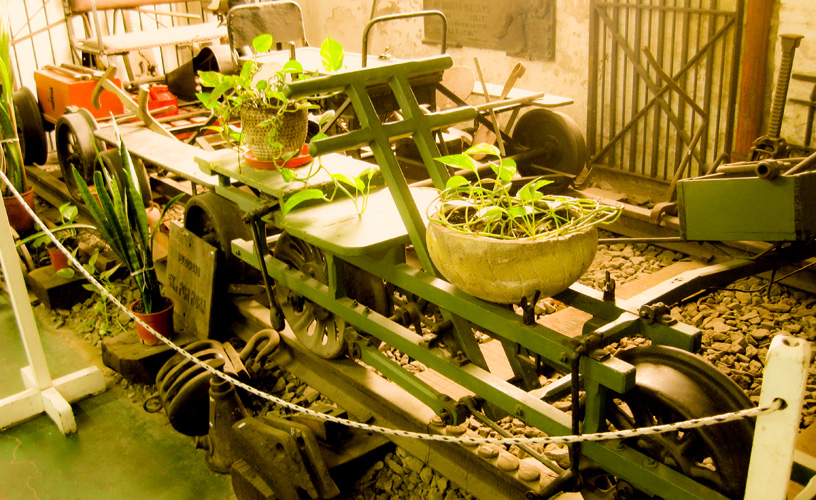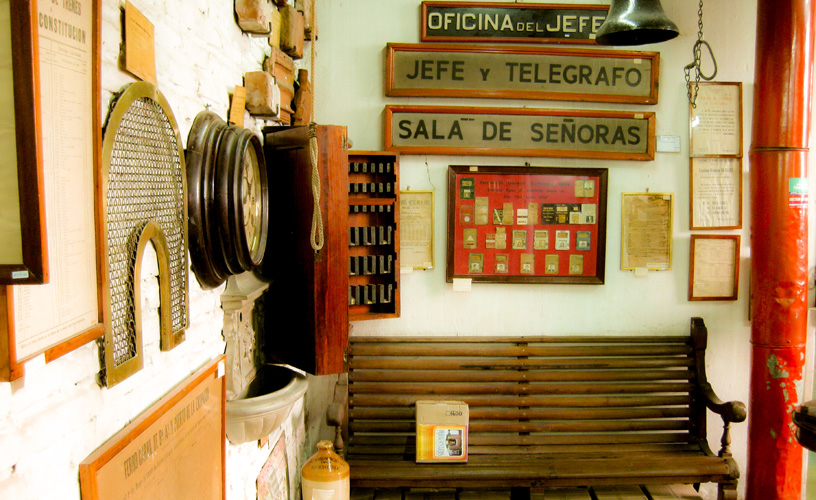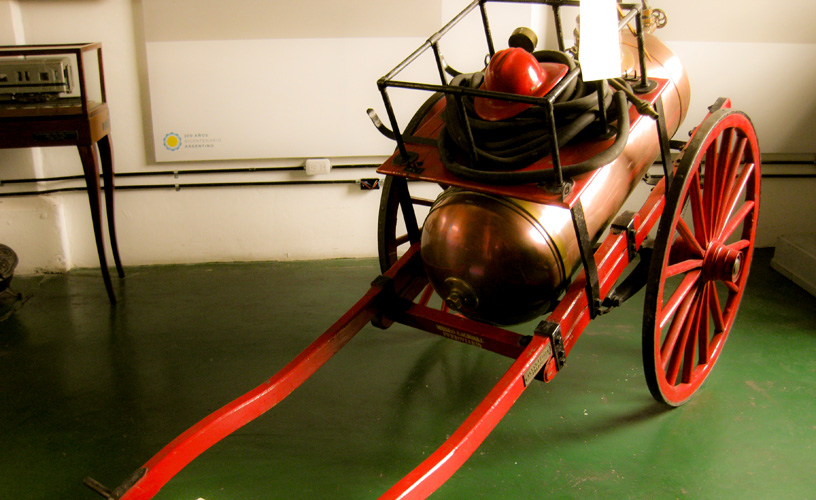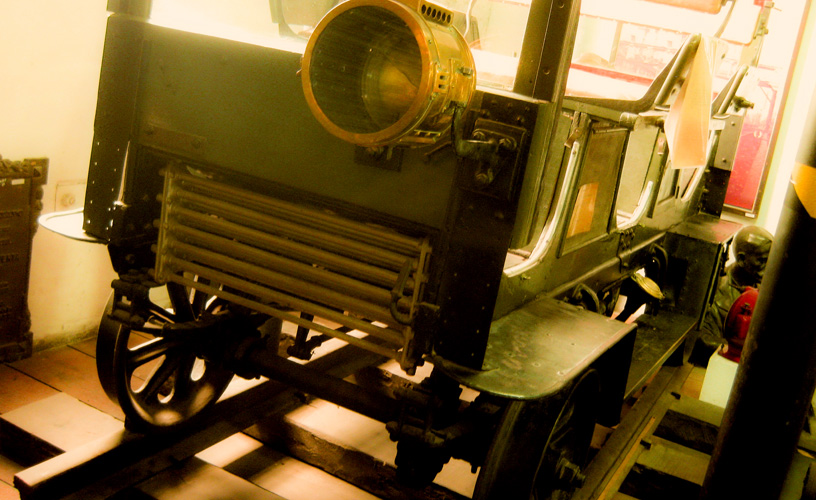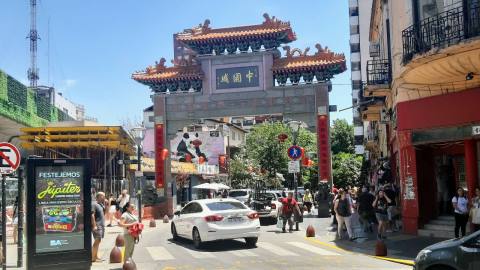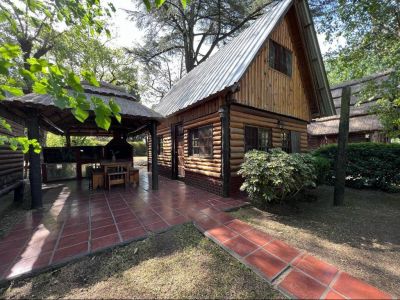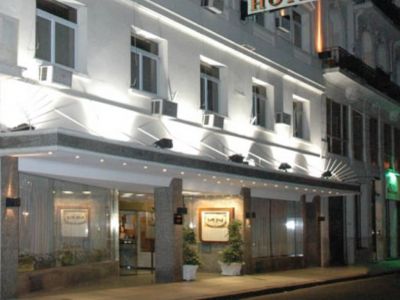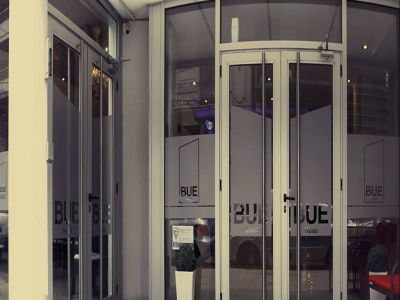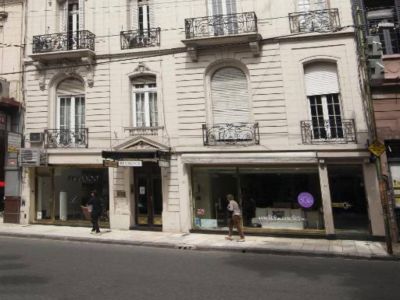The Charm of Tracks
Trains have always been an essential part of our lives. Despite the loss of its former glory and the fact that many prefer to travel by car, bus or plane, the Argentinian railway system still takes people from one place to another. Nevertheless, during its 150-year-long history, trains have definitely changed.
What was once cutting-edge technology is now a reminder of a romantic, long-gone, mysterious past. It does not necessarily take a train lover to enjoy the details, the huge cog wheels and tiny pieces that pile up, overlap or spread out before our eyes at the Raúl Scalabrini Ortiz National Railway Museum in Retiro.
The Depot of History
National Railway Museum (Retiro)
The arrival of the railway was a turning point in Argentina: the tracks made it possible to transport people and especially goods, from one end of the country to the other. The first 10-kilometer stretch was inaugurated in 1857, from Parque Station (present site of Teatro Colón) and La Floresta Station (present day Flores Square).
On entering the National Railway Museum, it seems rather chaotic: exhibits are organized by topics, not chronologically, and displayed on different levels, on walls, in corners, on the floor and on tables. Despite a few posters giving information about the displays, the most fascinating thing about this museum is not that it helps understand its history, but the incredible number and quality of items.
The history of railway engines that once chugged from one place to another has left a legacy of machines, train cars, stations, tracks, clocks, a seemingly unfathomable series of gadgets and pieces of furniture that either helped the train work or provided comfort to its passengers.
A Daily Surprise
Walking around the museum, its staircases, doors and corridors leading from one corner to the next, is like walking among the remains of time. There is some semblance of order, arbitrary though it may seem, in the abundant accumulation of objects, in the creaking of floorboards rising to our ears.
Among the plants and bright colors, you are almost grateful that this important but almost secret museum is not as organized or neat as others. The Raúl Scalabrini Museum does not boast a carefully designed tour, its appeal is precisely its heritage, the countless objects and details, the enormous engines and wooden benches which people probably took for granted long ago, but that we can explore today at leisure, letting ourselves be randomly surprised by the exhibits.
History, as recorded in books and explained on the posters, was once made up of all the objects on display today which, while walking among them, still seem to vibrate: a second class double seat, a narrow-gauge train car, a high pressure rectifying valve, a drill, a fire cart, a fan and even a toilet seat. They were all part of the life of people who came before us.
Marcos Rodríguez
Marcos Rodríguez
Contact of the excursion or tour
Nacional Ferroviario Raúl Scalabrini Ortiz
Av.Del Libertador 405, Retiro, Ciudad de Buenos Aires, Ciudad de Buenos Aires, Agentina
Phone: +54 11-43183343
